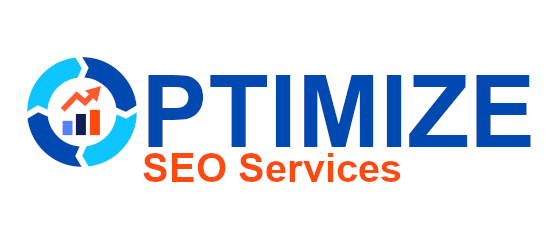If you need to optimize SEO on your website to rank higher on Google, Bing, Yahoo, and other search engines follow our tips below for 10 Tips to getting optimization of your website started. Have questions? Be sure to contact Optimize SEO Services for getting help with local SEO, SEO Services, and Social Media Marketing (SMM). We are a local SEO Company in San Jose, California.
1. Local SEO
Submitting your website to local business directories is one way of increasing your rankings locally. Search engines are always focusing on optimizing their services to serve customers better, so it only makes sense that they’d include a search within the service for local businesses. So far, Google has included this in its local SERPS (search engine result pages) and you can find business listings there by keywords or proximity to where you are located.
2. Build quality backlinks
Backlinks are links pointing back at your site from other websites, so the more number of high-quality links you have on external sites pointing back at yours will help increase your PageRank score which boosts search ranking potentials. However, avoid having too many incoming links from just a few sites as it can be seen as an attempt at manipulation of search results, and the links could then be removed by the search engines themselves.
3. Search engine optimization for local SEO
This involves submitting your business to directories and ensuring that your website is usually within the top three pages of any SERP conducted on Google or Bing containing certain keywords related to your products or services. There’s no shortcut really to ensure this happens all the time, but ensure you post quality articles with optimized anchor texts that link back to your site from quality-based websites within your niche. You can even submit articles with high PageRank scores as well as those from sites which have been indexed by Google in the past few months.
4. Optimize your titles
When writing an article for submission to directories, be sure to use keywords within the titles used. Titles are usually displayed in SERPs so it’s important that they look attractive and contain keywords that users would be searching for because that’s what Google will then use to determine rankings based on user preferences.
5. Concentrate on one keyword only
It may seem tempting to submit articles using keywords with high search volumes, but make sure you do not exceed more than two or three words as longer phrases tend not to work well or at all because of grammatical errors or inaccuracies found after assessment. Furthermore, multiple long tail keywords are always better for ranking success than a single target keyword phrase which is too long due to competition from other websites.
6. Optimize your content
Optimize all your articles for specific keywords and long tail keyword phrases, but don’t just stuff them in there at random. When people search on Google, they’re looking to get information so ensure that the articles you write are of good quality with relevant points which can be identified by search engines as containing useful keywords within their content. Also avoid using too many outbound links because it will distract users from reading more of what you have to say, so simply link back to other websites if the point you want to stress relates directly to something on another website. This way readers can click through and read further details there rather than having to go back and forth between pages just because of a few links here and there.
7. Optimize your images
To ensure that Google understands what each image on your website is, you must use the ALT tag to describe it within the HTML code. The ALT tag should be descriptive enough for users and search bots to understand what the pictures are about, so take time to write detailed text which explains their meanings without including obvious keywords like “cars”, “hair”, etc. Also include relevant keywords in your file names as well e.g., dsc00123.jpg; img01234mypic.png; etc.. This way search engines will pick up on tags, titles and even words found within filenames making it easier for them to index contents of your site with higher accuracy based on user preferences.
8. Use social media to your advantage
This refers mostly to websites like Twitter, Facebook and the Google+ platform where users share information with their respective networks which can then be seen by everyone connected to them. Therefore, try posting interesting articles on these platforms which link back to your website’s homepage or even just an internal page that has something relevant to what you’ve just shared so readers are encouraged to view more of your articles as opposed to clicking away somewhere else. They might even follow you back if they liked what they read after coming across it accidentally during their own browsing activities.
9. Rewrite meta descriptions for each article
These appear below each result inside SERPs so always include a 70 characters minimum description containing target keywords which will reflect what the actual article is about. This way you’ll be more likely to catch a user’s attention as opposed to a page with a meta description containing only a few words which aren’t useful enough for users who might simply skip over them and click on another result. If your website provides services which are free or those that rely heavily on word of mouth from satisfied clients, then this is especially important as some will tend to give out links back to their websites as part of customer testimonials included within articles they write etc..
10. Use social media marketing tools
There are many applications available online which help ease the task of managing online accounts linked to various social media platforms so consider getting something like TweetDeck where you can schedule your messages ahead of time in addition to tracking conversations related to your business. This way you can keep track of what people are saying about you, trending topics and even see how many times your links have been clicked on in real time so you can determine whether or not they’re working as intended. Social media monitoring tools are also good for observing the reach that hashtags have when trying to reach out to new markets who might not be familiar with your products or services just yet.



